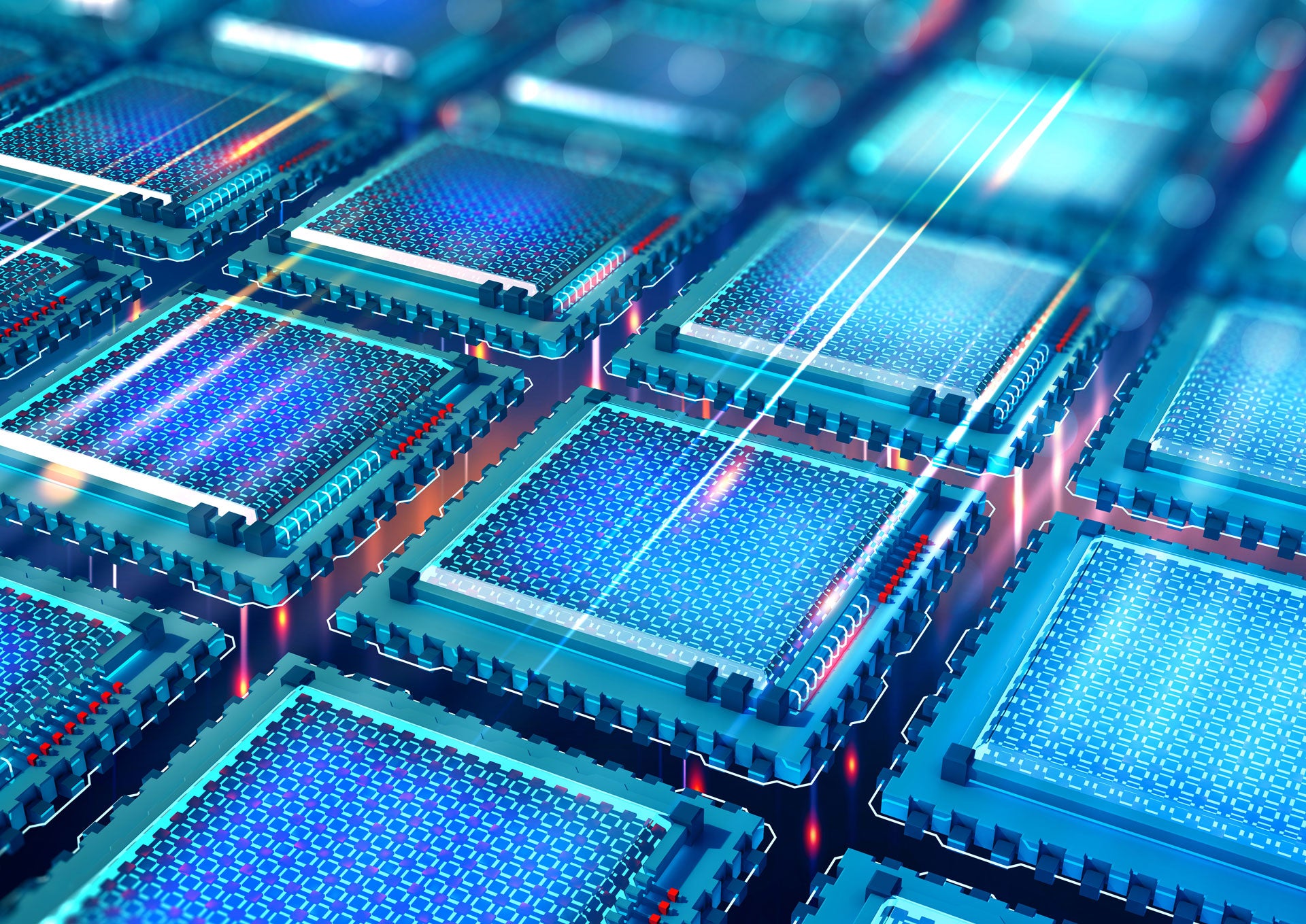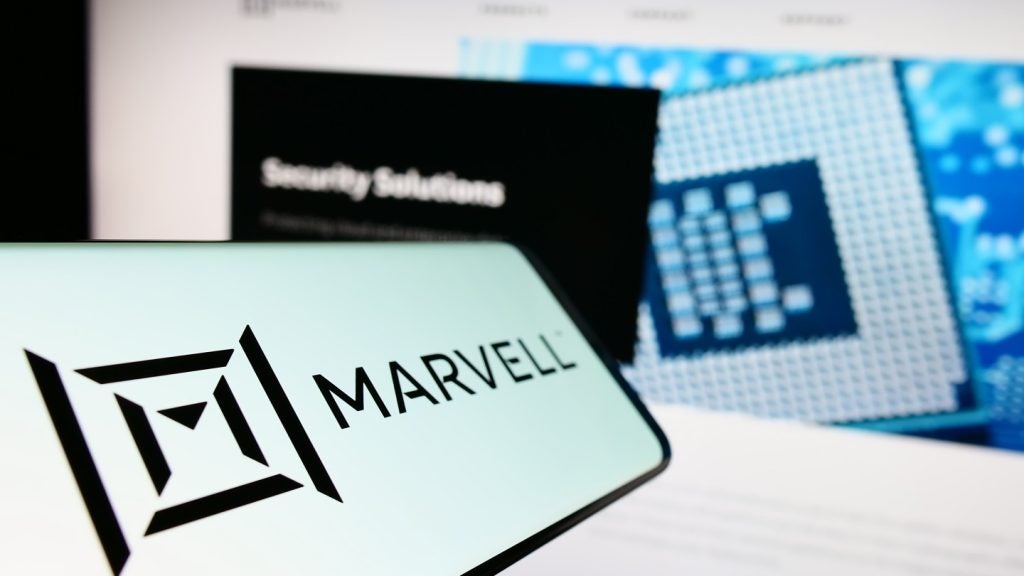
A superconductor material that has to potential to overcome one of the biggest issues preventing quantum computers from becoming commercially viable has been found by scientists.
The material, uranium ditelluride (UTe2), was first developed in the 1970s, but scientists from the National Institute of Standards and Technology (NIST) have discovered hitherto unknown properties of it that could prove vital to the development of quantum computers.
This is due to one of the key challenges currently facing the development of quantum computers: the ability to maintain what is known as quantum coherence. This is where qubits, the basic units of quantum information that in quantum computing act as memory storage switches, operate as a group under a delicate physical relationship that enables them to be used to perform computations.
Quantum computer developers have faced considerable challenges with maintaining quantum coherence for long enough to perform the required computations because the relationships between qubits are so delicate, making them very easy to disrupt from outside, commonplace disturbances, such as low magnetic fields.
This is where UTe2 comes in. The scientists have discovered that the superconductor is not only not magnetic, but has a strong resistance to magnetic fields, which is extremely rare for the material type. This means that it could be used to design qubits that would be less likely to lose quantum coherence, reducing the errors currently commonplace in quantum computers.
A material for quantum computers: Are we entering the uranium ditelluride age?
The research, which is detailed in the journal Science, is expected to attract considerable interest from the emerging quantum computing industry.
And if the material proves as effective an alternative to current options as the research suggests, it could become a ubiquitous part of the quantum computing age in much the way silicon has been to the traditional computing industry.
“This is potentially the silicon of the quantum information age,” said Nick Butch, a physicist at the NIST Center for Neutron Research (NCNR).
“You could use uranium ditelluride to build the qubits of an efficient quantum computer.”
However, before this can happen, more research needs to be conducted on UTe2. At present the researchers still need to determine what properties gives it its strong magnetic resistance, which in turn may provide additional avenues for finding new materials for quantum computers.
“A major goal of superconductor research is to be able to understand superconductivity well enough that we know where to look for undiscovered superconductor materials,” he said.
“Right now we can’t do that. What about them is essential? We are hoping this material will tell us more.”
Read more: Preparing for quantum computing’s devastating impact on cybersecurity







